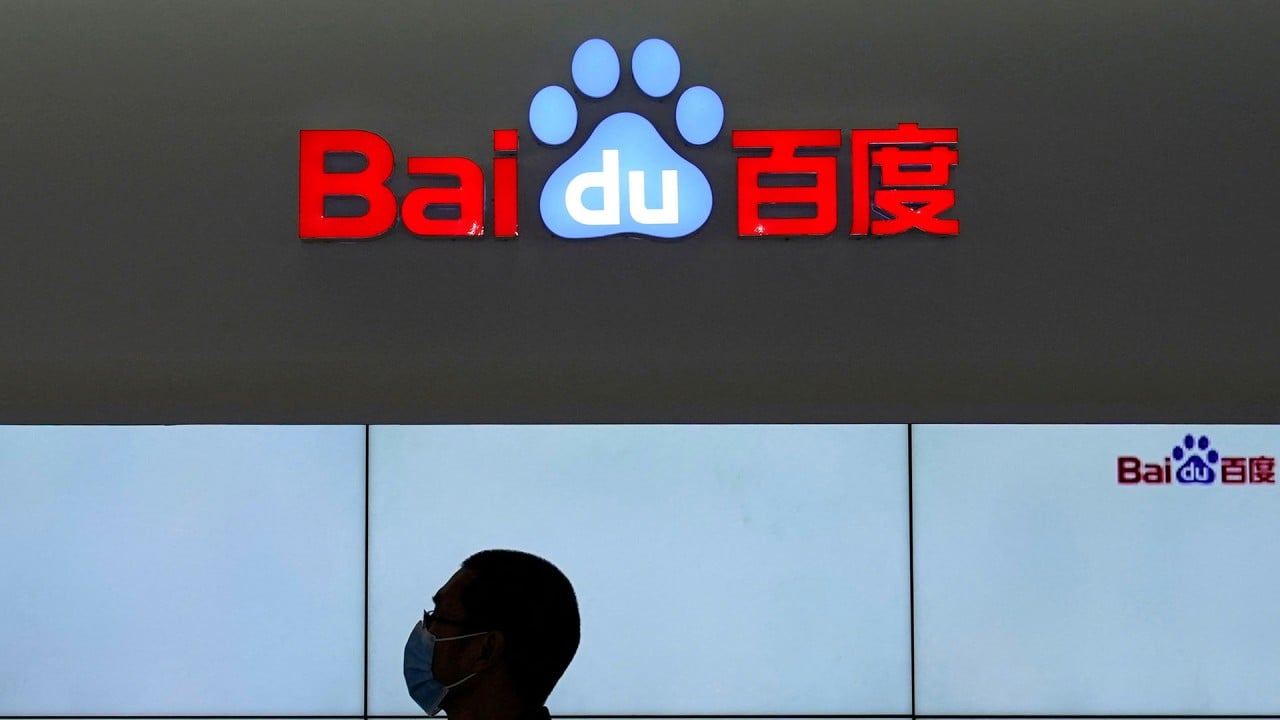
Grammarly taps the power of generative AI with a new office tool that pits it against Google and Microsoft
- Grammarly Business uses artificial intelligence to do things like summarise email threads and compose replies
- The move is part of an effort to pivot from a grammar-and-spelling checker for the education industry to a corporate communications tool
The company is rolling out a new product called Grammarly Business, using generative AI to streamline corporate communications. Among its features, the software can summarise key points in a long email string, identify whether the information is already shared within the organisation and compose a reply, Grammarly said Tuesday at an event introducing the product. The tool can connect to other common office applications such as Slack and Gmail, identify priority tasks for employees and compose a response to colleagues across different messaging apps.
“We’ve been helping our users with AI to communicate more effectively for over a decade, now it’s time to go beyond words,” Grammarly chief executive officer Rahul Roy-Chowdhury said at the event.
The first features for Grammarly Business will be available for customers to test in June, with additional functionality added over time, according to the company.
Roy-Chowdhury, who became CEO two months ago after serving as head of product, started at Grammarly after 14 years at Google working on products including Chrome browser. He said Grammarly Business will help customers connect all the fragmented apps they use for recruiting, human resources software, messaging and email.
“If a business wants to truly benefit from generative AI, it should be integrated across all applications used by employees,” he said. “Particularly as people write across various platforms and applications, being present where they are can allow for constant learning and automation of workflows and will ultimately save time and promote creativity.”
Grammarly, which has 30 million daily active users, recently launched GrammarlyGO, a generative AI feature that let users brainstorm ideas, write, edit and personalise text. Using technology from Microsoft and OpenAI, the tool also reviews writing for bias and can fine-tune the style for users by clicking on prompt tabs like “make it persuasive”, “make it assertive” and “sound confident”.
Roy-Chowdhury said generative AI technology is changing rapidly. “I’m happy to see how it evolves and we’ll always find the best technical solutions to help our users,” he said.


